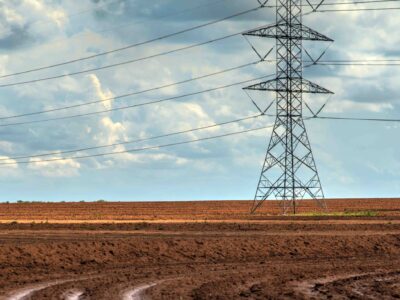The U.S. government has many tools at its disposal to address climate issues. Some are more obvious than others. Congress, for example, passes legislation to enact regulatory change, but it also has the power to fund environmental initiatives.
Given the construction of the American political process and the checks and balances that come with it, the most common form of environmental regulation is gradual. Along with a network of generally cooperative nonprofit organizations, the executive branch can also make incremental progress on a forward-focused climate agenda through executive agency action.
Since its founding in 1970, the Environmental Protection Agency (EPA) has used an extensive rotation of varying programs and initiatives to make as much of an impact as possible. One of its programs is Energy Star, a modern iteration of the 1991 Green Lights program that strives to help consumers understand the environmental footprint of the electronics they use daily.
The way the program works is very simple. It looks at electronics currently sold in America, doling out a coveted “Energy Star Certified” sticker to the companies and items in the higher energy efficiency tier.
“When we set our Energy Star requirements, we’re aiming for the top 25% of products on the market,” says Katherine Kaplan, manager of product development at Energy Star.
Kaplan attributes the program’s success to the agency’s constant monitoring of how market forces respond to the certifications and a willingness to adjust when necessary. “Of course, we’re a market-transformation program. So that means that we set the bar, and then, thanks to lots of innovation from manufacturers, the bar needs to be lifted,” she said.
Born through a provision of the Clean Air Act, the EPA launched the Energy Star initiative as part of a “non-regulatory approach” to stave off the effects of pollution as they began to manifest. The idea was relatively practical and came out of the need to factor in the realities of mid-1990s politics and how extensive environmental regulation might be seen as government overreach.
Rather than punishing polluters for playing by rules from an earlier era, the provision’s forward-thinking architects decided to incentivize the high-efficiency electronics producers on the other end. Instead of condemning older, poorer companies, Energy Star was developed as a way to praise the “good business practices” of the few that actively worked for climate progress. It was a move that made for a better-informed consumer base and allowed the market to be the primary deciding factor for businesses.
Energy Star has evolved into various functions as the years have passed. In addition to the Energy Star certification label, “EnergyGuide” labels are given to products outside that high-efficiency tier. This subset of the program, which is run by the Federal Trade Commission instead of the EPA, is there to quickly show customers the expected yearly energy consumption of a given product.
There is also the “Emerging Technology” award, which signifies newer inventions on the edge of widespread adoption, like induction cooktops, a product frequently installed in European households. “We’re really trying to bring attention to nascent products that can deliver huge leaps in efficiency,” said Kaplan.





